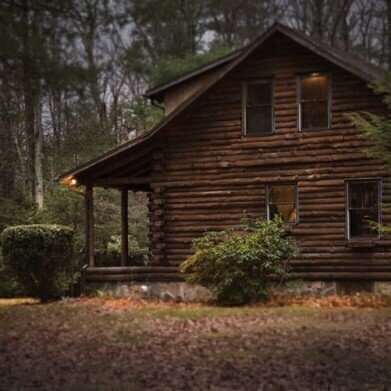GC-MS
Reducing Indoor Pollution from Wooden Fixtures - Chromatography Explores
Oct 12 2018
Most scientists and policy makers agree that the Earth’s temperature is rising, with only a minority of scientists and politicians in disagreement. There are many different arguments on how best to reduce this increase and eventually reverse it, so that in effect, the Earth cools down slightly. If we do nothing, then the way we live now will change.
One of the main methods that we can affect the Earth’s temperature and climate is by becoming more energy efficient. It is not a new policy – but alongside reducing our use of fossil fuels and reducing the amount of greenhouse gases we produce – it is a simple way that we can contribute to the fight against global warming. A recent conference paper from Sisäilmastoseminaari 2018 – an Indoor Climate Seminar in Finland – has looked at the effects of making our buildings more energy efficient on the indoor environment.
Airtight and reduced ventilation in buildings
Energy use in buildings contributes significantly to the overall energy use of the European Union – in fact, it is estimated that buildings account for 40% of the total energy consumption in the European Union. To help address the energy efficiency of buildings, the European Parliament drafted Directive 2010/31/EU.
Part of Directive 2010/31/EU deals with the airtightness of buildings – with one of the basic principles of energy efficient buildings being that they are airtight, with the airtightness of buildings described as the ability of a building not to let air in or out of the building. Heat can escape from cracks, joints and seals in the building envelope –and it is easier to regulate the temperature inside the building with less heat wasted.
VOCs in wooden coatings
In the conference paper referenced above, the authors set out to discover the effects on coatings on volatile emissions from pinewood materials in buildings. This is becoming more relevant as more buildings are designed to comply with Directive 2010/31/EU and become more airtight. A consequence of this is reduced airflow and hence a potential build-up of VOCs (volatile organic compounds) inside.
There is a shift towards low-carbon building in Europe, which means more wood-based products being built. Although wood products can be low emitting, fresh wood can be above current emission limits. Coatings can affect the emissions of wood, and it is this effect that the researchers tested.
Using thermal desorption-gas chromatography-mass spectrometry (TD-GC-MS), the team analysed uncoated samples and samples with three different coatings. Chromatography is used to analyse VOCs and many other environmental samples – improving the method used is the subject of this article, How to Determine Extra Column Dispersion and Extra Column Volume. The study found that VOC emissions from coatings decreased rapidly over 28 days – but different coating have different drying times and different emission mechanisms. Overall, the feeling is that coatings decrease the VOCs of pinewood construction materials.
Digital Edition
Chromatography Today - Buyers' Guide 2022
October 2023
In This Edition Modern & Practical Applications - Accelerating ADC Development with Mass Spectrometry - Implementing High-Resolution Ion Mobility into Peptide Mapping Workflows Chromatogr...
View all digital editions
Events
ACS National Meeting - Fall 2024
Aug 18 2024 Denver, CO, USA
Sep 04 2024 Chiba, Tokyo, Japan
Sep 04 2024 University of Warwick, Coventry, UK
Sep 10 2024 Rockville, MD, USA
Plastics Recycling World Expo Europe
Sep 11 2024 Brussels, Belgium














